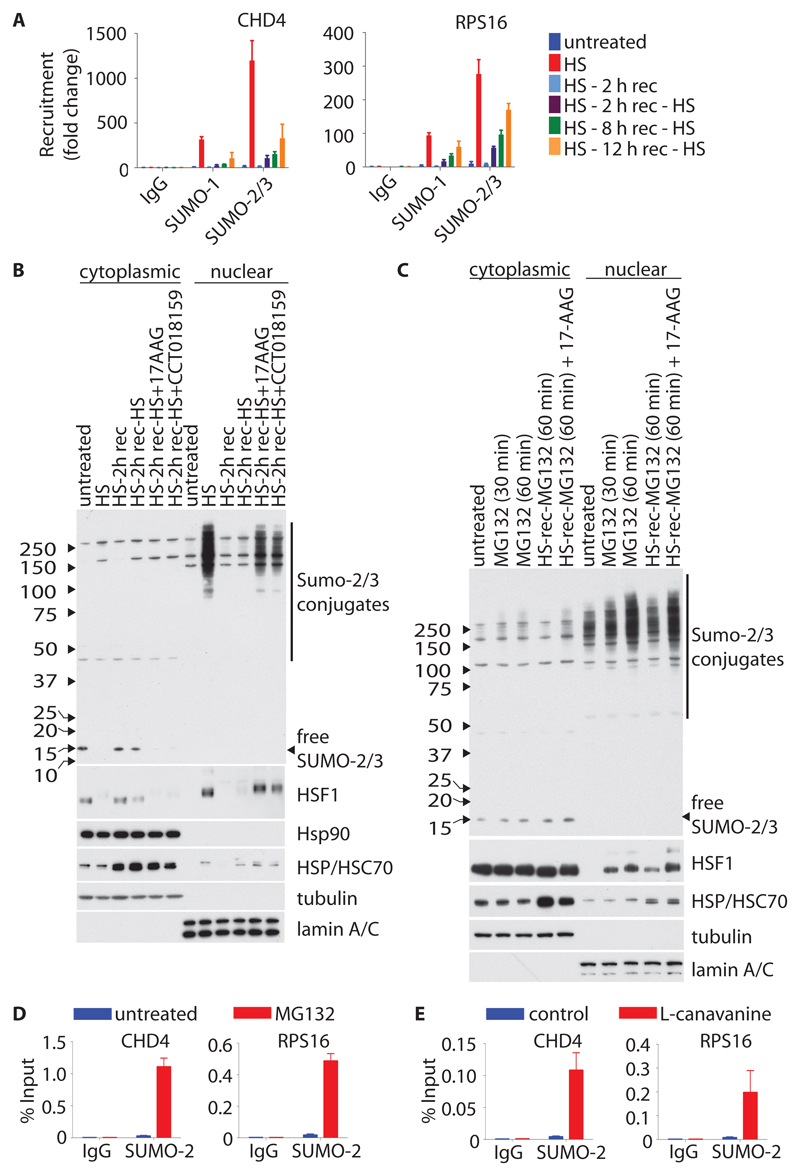Fig. 5. The HS-induced recruitment of SUMO to chromatin is part of the proteotoxic stress response.
(A) U2OS cells were left untreated or were subjected to HS for 30 min and allowed to recover (rec) at 37°C for the indicated times before being exposed to a second round of HS for 30 min (HS-rec-HS). The recruitment of SUMO-1 and SUMO-2 to chromatin was measured by ChIP-RT-qPCR analysis with primers specific for the regulatory regions of the indicated genes. Data are means ± SD of two biological replicates from two independent experiments. (B) SUMO conjugation during HS and recovery. U2OS cells were treated as described in (A), and where indicated, the HSP90 inhibitors 17-AAG or CCT018159 were added at the start of the recovery period. Cells were then fractionated into cytoplasmic and nuclear extracts before being analyzed by Western blotting with antibodies against the indicated targets. Western blots are representative of two independent experiments. (C) U2OS cells were left untreated or were treated with proteasome inhibitor MG132 for indicated times. Where indicated, cells were subjected to HS (30 min) and a two-hour recovery period before the MG132 was added (HS-rec-MG132). 17-AAG was added at the start of the recovery period. Cells were then fractionated into cytoplasmic and nuclear extracts before being analyzed by Western blotting with antibodies against the indicated targets. Western blots are representative of two independent experiments. (D) The recruitment of SUMO-2 to chromatin in response to MG132-induced proteotoxic stress was determined as described in (A). (E) The recruitment of SUMO-2 to chromatin in response to L-canavanine-induced proteotoxic stress was determined as described in (A). Data in (D) and (E) are means ± SD of two biological replicates from two independent experiments.

